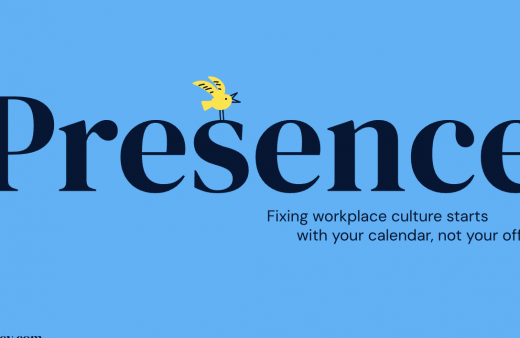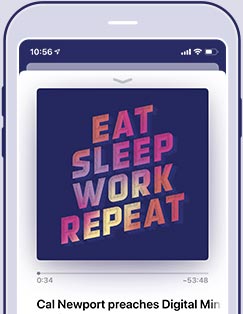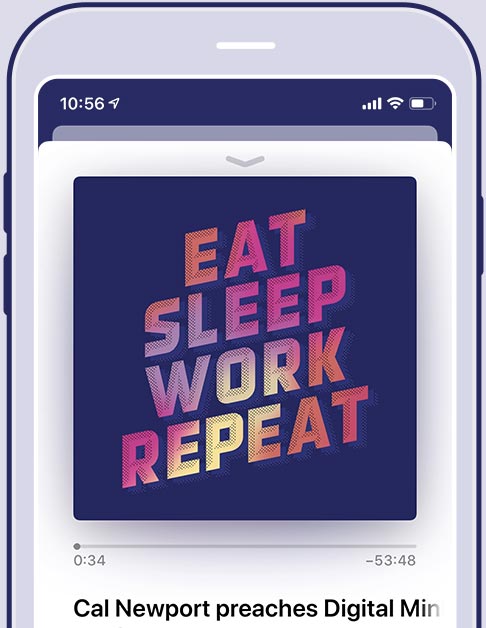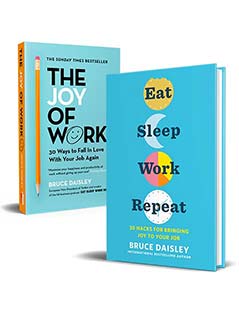“Workers watch your feet, not your lips” – changing culture at scale
To receive the newsletter and the forthcoming Presence project sign-up here
Today’s top episode goes to the heart of an issue that a lot of people raise with me.
They say ‘where do you start when changing a culture’.
To some extent it’s what the episode about the hospital trust in Barking was about, going in and changing the culture of a huge organisation.
I saw one of today’s guests Darren Ashby speak at an event – talking through the specifics of how his company Business Four Zero tried to change the culture of Tesco. Business Four Zero are one of a group of organisations who work with leaders to change company culture. I know there’s a few of these firms. I attended a dazzling event by one firm called Scarlett Abbot in this field about a month ago.
Darren is joined by Atif Sheikh as they talk through the specifics of what they did with firms like Electronic Arts, Aviva and Tesco. They’ve turned some of their work into a book which you can buy here.
Some of the things that stood out for me:
- What’s the number one thing you look for in a high performing culture? How internal are they? How much time are they spending on themselves vs the outside world?
- Only 28% of workers say they are connected to purpose
- Culture is what are you committed to as group – emotional commitment of what you want to create
- Values – before you define your values know that there are 6 core values shared amongst everyone (sometimes called the 6 Pillars of Character – Trust, respect, responsibility, fairness, caring and citizenship). These should not be your differentiator. These are universal basic expectations. You need to define something differentiating
- Leaders’ role is to bring energy: Satya Nadella told Microsoft’s execs: ‘find the rose petals in the field of sh*t’
- So how do you elevate a culture? They introduce 2 or 3 critical behaviours that elevate a culture Might be ‘be kinder’ And they build a process of how you might enact those behaviours
For example Intercontinental Hotel Group
- Had switched from being a hotel owner to a franchise business
- CEO needed to remove silos
- What did they need? Too many people in the business didn’t understand how they made money – it made spending decisions hard. So they focussed on ‘think return’
- Additionally it had become complacent, so they decided to ‘move fast’
- Finally they agreed to ‘talk straight’ with each other










